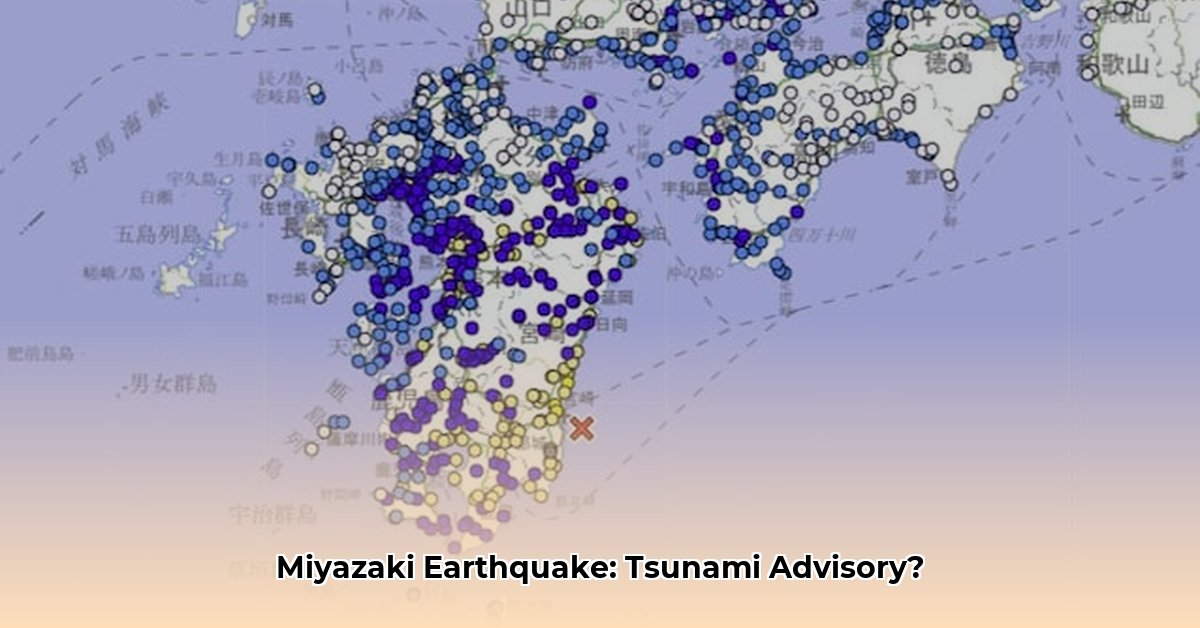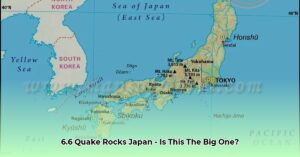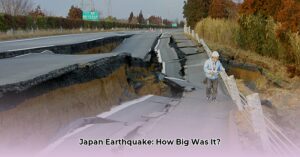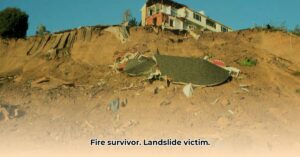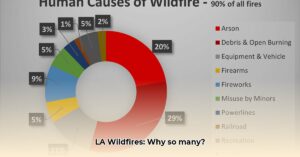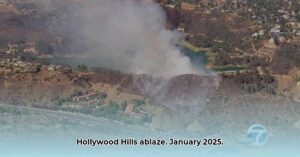Quake Strikes Off Miyazaki Coast
A 6.6 magnitude earthquake struck off the coast of Miyazaki Prefecture, Japan, on January 13, 2025, at 9:19 PM local time. The tremor, centered in the Hyuganada Sea approximately 36 kilometers below the seabed, prompted a tsunami advisory from the Japan Meteorological Agency (JMA). While the advisory was lifted later that evening after a small, 20-centimeter wave was observed at Miyazaki Port, the event underscored the ever-present seismic risk in the region.
Earthquake Details and Initial Reports
The earthquake’s vital statistics, confirmed by both the JMA and the U.S. Geological Survey (USGS), are as follows:
| Feature | Details |
|---|---|
| Date & Time | January 13, 2025, 9:19 PM JST |
| Magnitude | 6.6 |
| Location | Hyuganada Sea, off Miyazaki Prefecture |
| Depth | 36 km |
| Tsunami Threat | Advisory issued, later lifted |
Early reports from the JMA initially placed the magnitude at 6.9, but this was later revised to 6.6 after further analysis. Such revisions are common as seismologists refine their measurements using more comprehensive data.
Impact Assessment and Response
Despite the quake’s magnitude, the impact on Miyazaki was relatively minor. One minor injury, resulting from a fall, was reported. Train services at Miyazaki Station experienced temporary disruptions, a standard precautionary measure following seismic events. While some minor damage, such as a shattered window pane at Miyazaki Station and scattered products in stores, was observed, no major structural damage was reported. This resilience likely reflects the effectiveness of Japan’s stringent building codes and disaster preparedness measures.
The swift issuance and subsequent lifting of the tsunami advisory demonstrated the effectiveness of Japan’s early warning system. Though a small tsunami was observed, the limited wave height significantly reduced the risk to coastal communities. The Sendai Nuclear Power Plant, located in neighboring Kagoshima Prefecture, reported no abnormalities, easing concerns about a potential nuclear incident.
The Geological Context: A Region at Risk
Miyazaki lies within the seismically active “Ring of Fire,” a zone encircling the Pacific Ocean where tectonic plates collide. The Hyuganada Sea, the epicenter’s location, sits between the Nankai Trough and the Ryukyu Trench, making it particularly prone to earthquakes.
Connection to the 2024 Earthquake
Assistant Professor Yusuke Yamashita of Kyoto University suggests a possible link between this earthquake and a magnitude 7.1 earthquake that struck the same region in August 2024. He theorizes that the 2024 quake may have destabilized the area, increasing the likelihood of subsequent tremors. However, this remains a theory, and further research is needed to establish a definitive connection. Professor Yamashita also indicated that he does not currently believe this quake will trigger the anticipated Nankai Trough mega-quake, though ongoing monitoring and analysis are essential.
Ongoing Research and Future Implications
The Miyazaki earthquake, while relatively moderate in its impact, serves as a valuable reminder of the ongoing seismic threat in the region. Scientists are continually studying the complex interplay of geological forces to better understand earthquake prediction and mitigation. This includes investigating the potential for aftershocks and analyzing the long-term effects on the region’s infrastructure and economy, particularly its vital tourism sector. Research into the psychological impact of such events is also crucial for supporting affected communities and fostering resilience.
By learning from each seismic event, refining building codes, and strengthening early warning systems, we can better prepare for future earthquakes and minimize their impact on vulnerable populations. While the science of earthquake prediction remains a challenge, ongoing research and a commitment to preparedness offer the best defense against these powerful natural forces.

